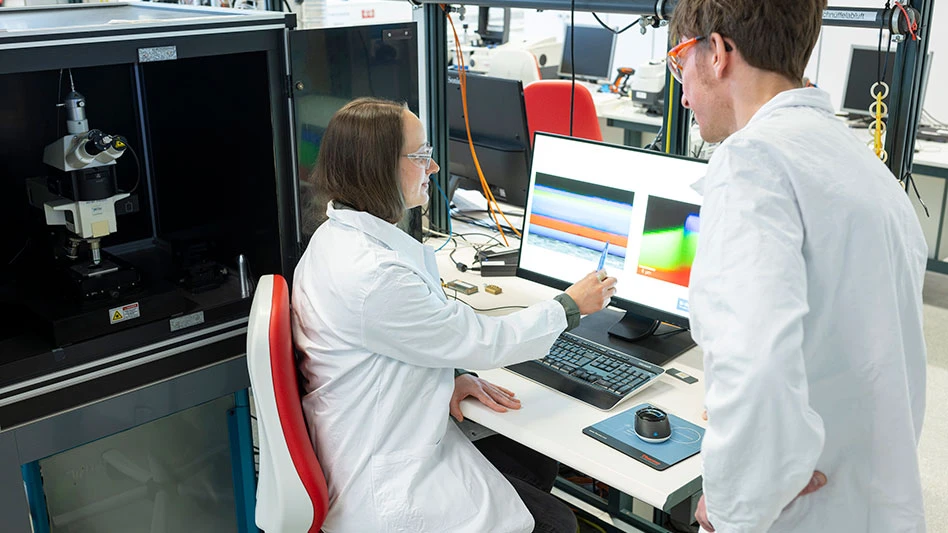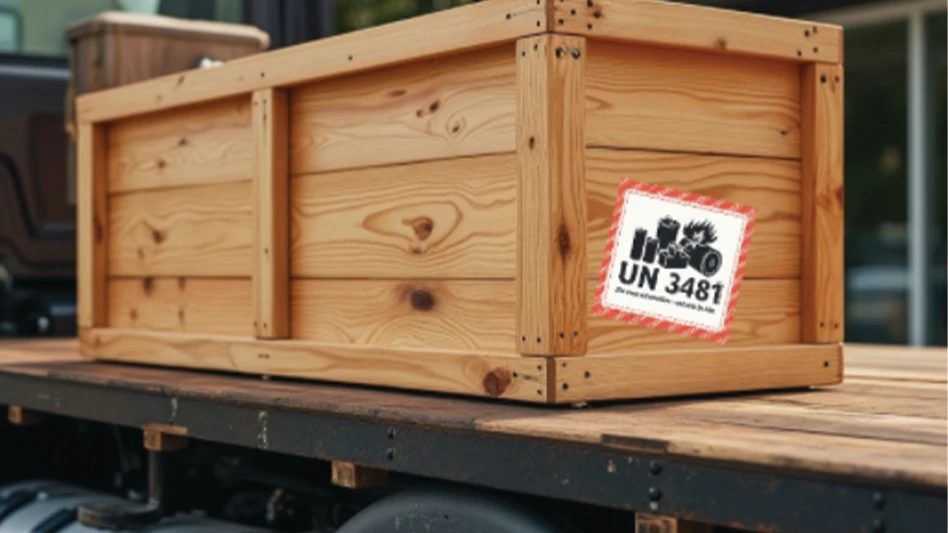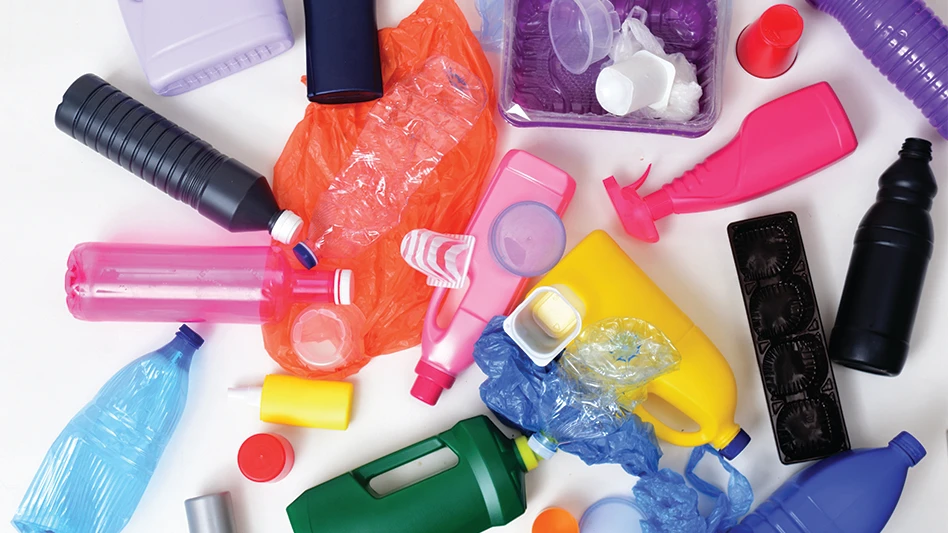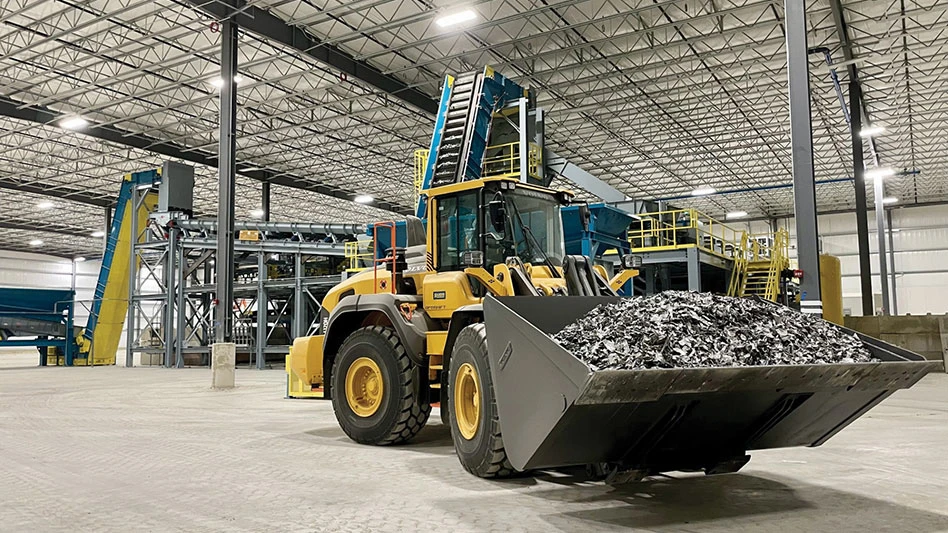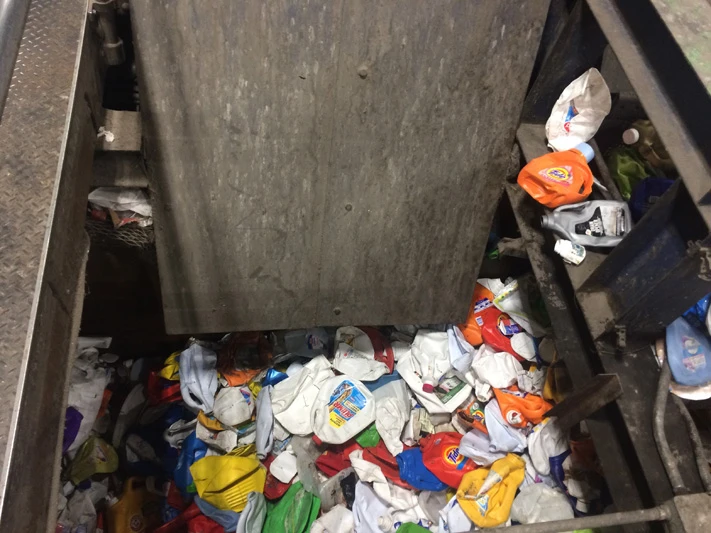
Photo from Recycling Today archives
The Washington-based Association of Plastic Recyclers (APR), Washington recently completed a potential multimaterial 2D/3D sorting test method, “Evaluation of the 2D/3D Sorting Potential of a Whole Article.”
The method was developed using funding from the Institute of Scrap Recycling Industries (ISRI), Washington, and completes the series of Sorting Potential Test Methods. The series also includes test methods that assess how package design affects near-infrared (NIR), size, metal and color sorting.
The APR says these test methods enable brands and their suppliers to assess how packaging performs at each step of the sorting required to make it through the full recycling process.
Developed through what the APR says was a multiyear effort involving a wide variety of stakeholders, the APR Sorting Potential Test Methods are designed to provide consistent, repeatable results. They have undergone extensive comparisons to real-life industrial processes to ensure the results accurately predict the average sorting process at material recovery facilities (MRFs) and reclaimers. The working group responsible for developing the latest test method consisted of MRFs, reclaimers, sorting equipment suppliers, paper and plastic converters, consultants and statisticians.
“Although the APR Design Guide for Plastics Recyclability classifies each feature of packaging design according to known recycling performance, there are instances that guidance cannot address,” APR Chief Operating Officer Curt Cozart says. “When packages exhibit features that bring sortation into question, a sorting test is necessary to determine the outcome. The Sorting Potential Test Methods allow designers to make that determination early in the design process.“
Included in the APR Design Guide, these test methods identify specific design qualities that could cause an entire package to be lost in the recycling process. Offering laboratory and pilot scale representations of standard collection and sorting procedures for single-stream recyclables, the test methods have been developed to predict whether a package sorts into the correct location at the combined sortation steps at MRFs and plastics reclaimers.
"It’s important to understand that the entire sortation process is represented. Simply passing through the MRF is not sufficient when additional sortation steps are conducted at the reclaimer," Cozart says. "Packages rejected at the reclaimer have undergone a long expensive route to the landfill. The sorting potential test methods identify the limiting steps in the combined sortation process and test to that.”
Latest from Recycling Today
- Supersede launches marine-grade plywood replacement
- Redivivus, Re-New-Able to build LIB recycling facility in Illinois
- Indiana county awarded $65K recycling grant
- Mixed paper, OCC prices end year on downward trend
- Updated: CAA submits final draft program plan in Oregon
- Enviri names new president of Harsco Environmental business
- Survey outlines ‘monumental challenge’ of plastic packaging collection in UK
- Nippon Steel acknowledges delay in US Steel acquisition attempt
